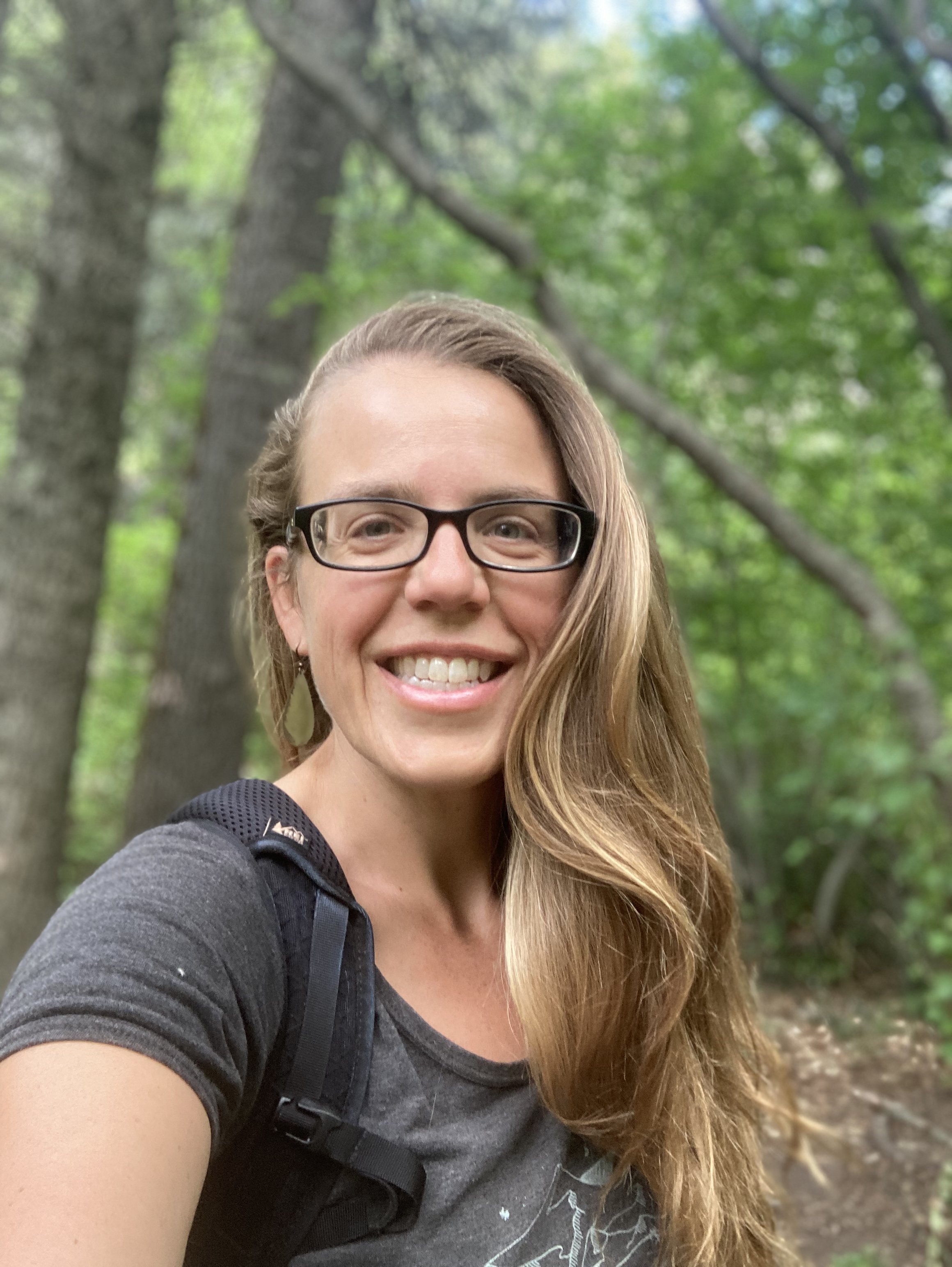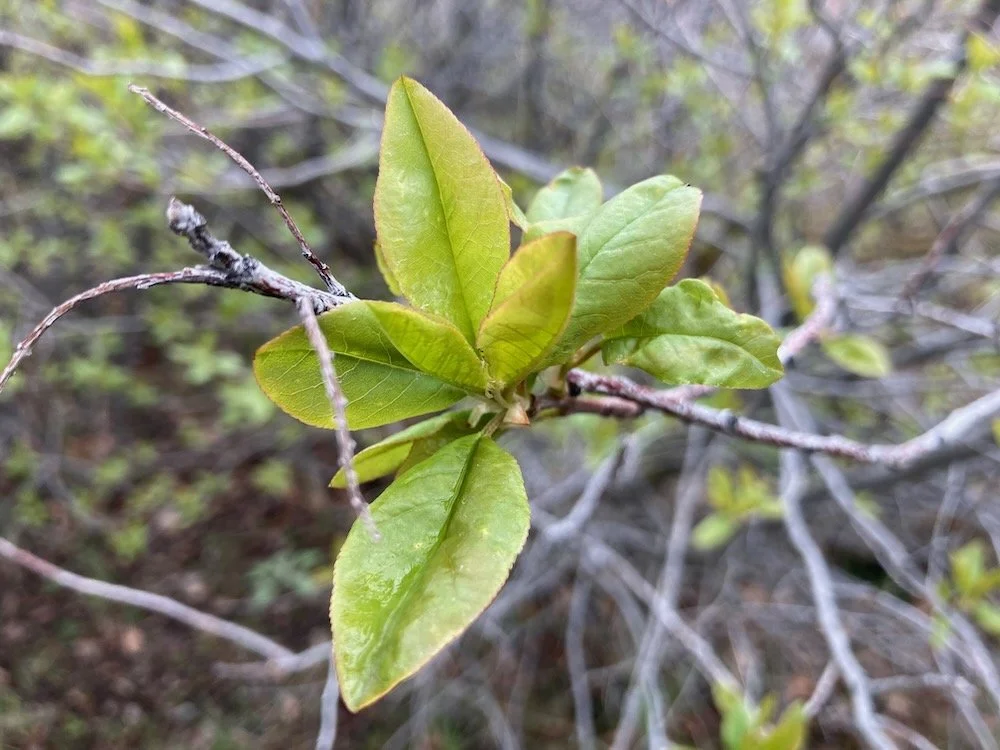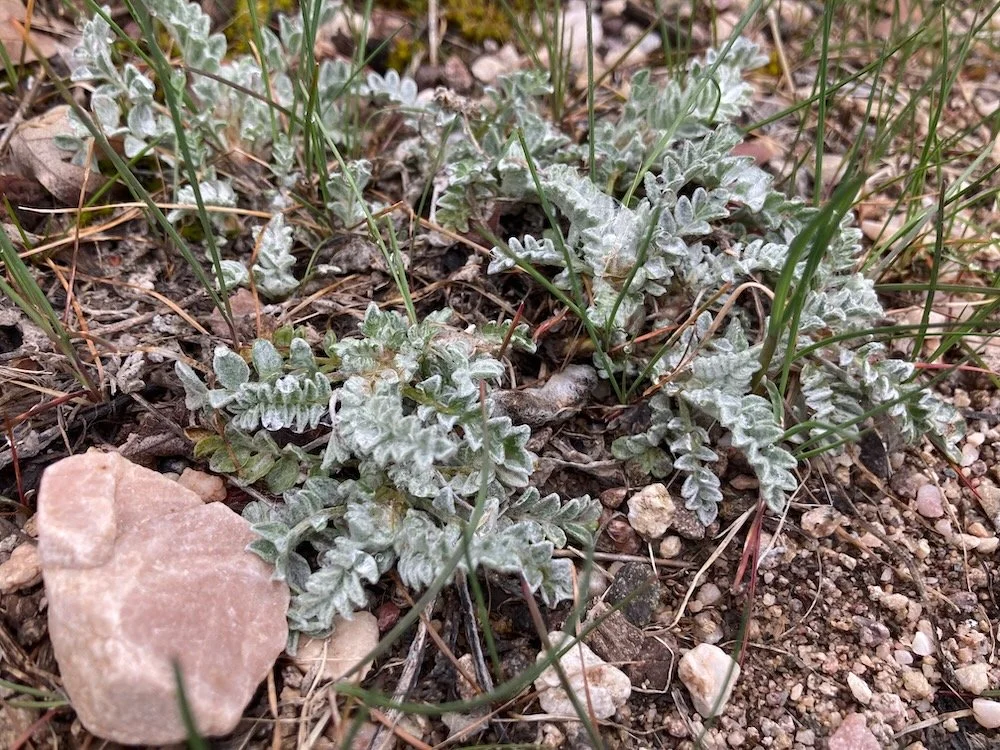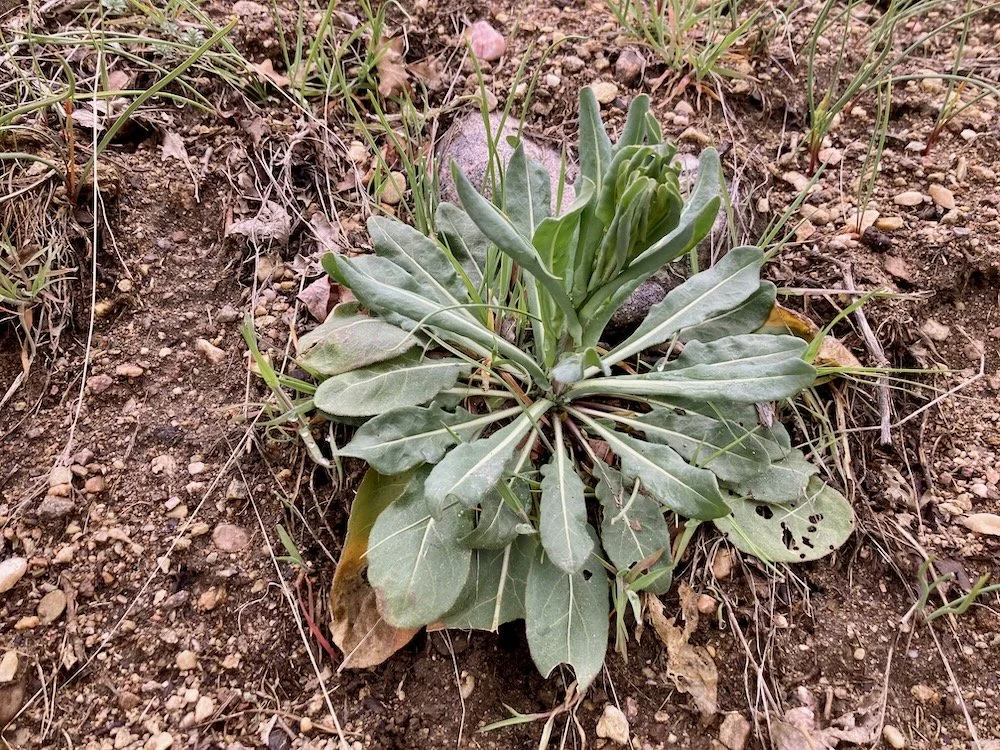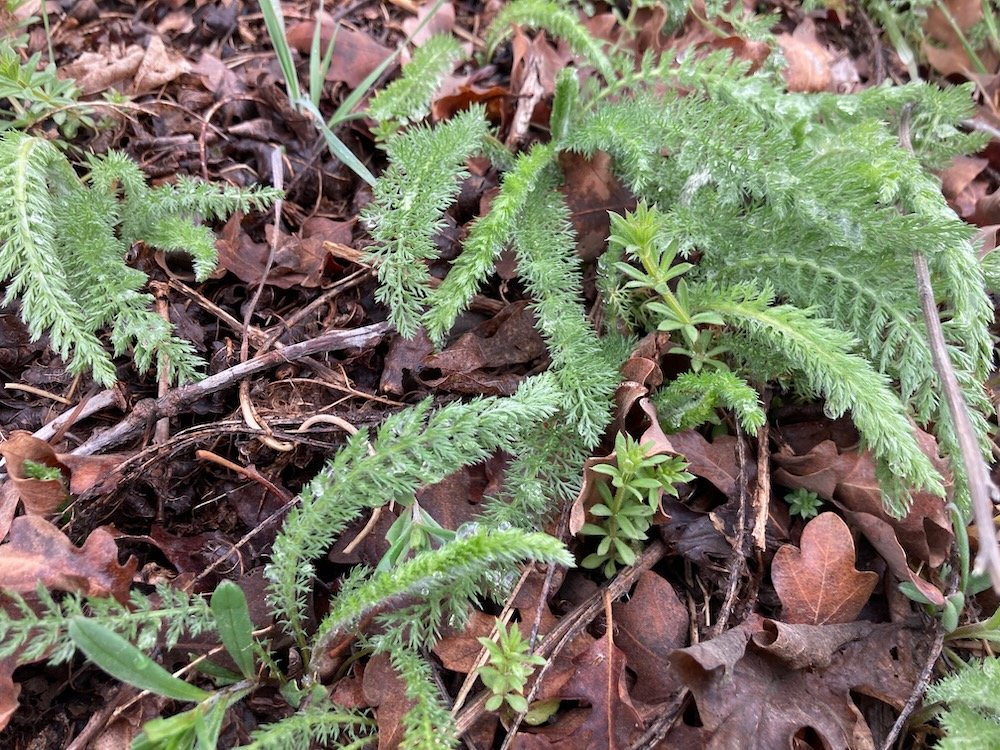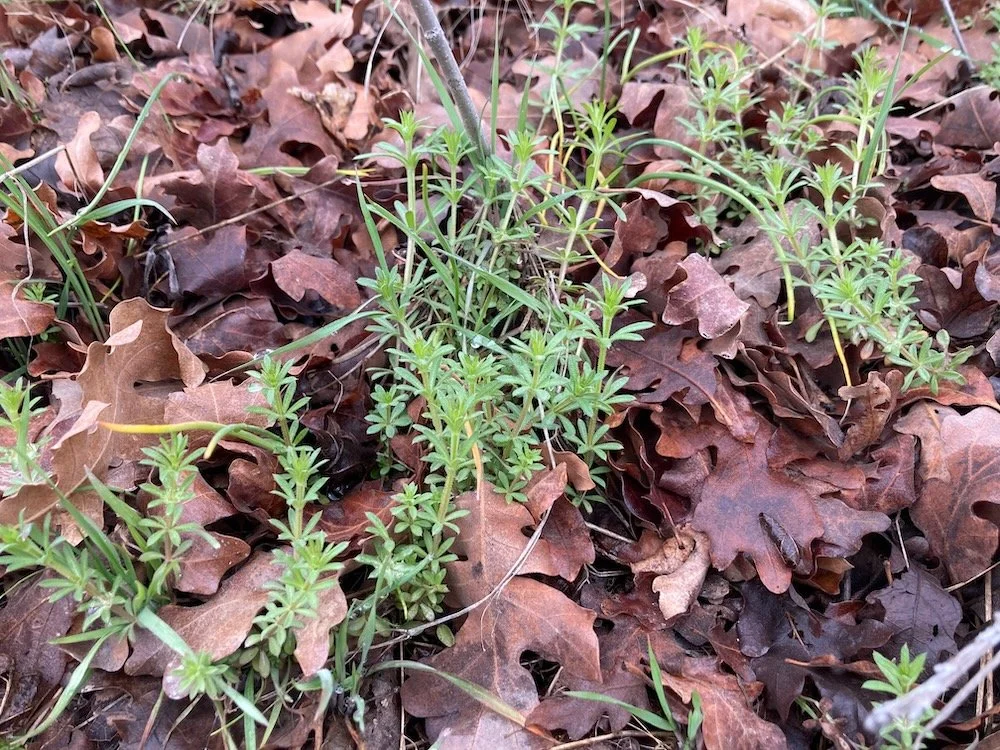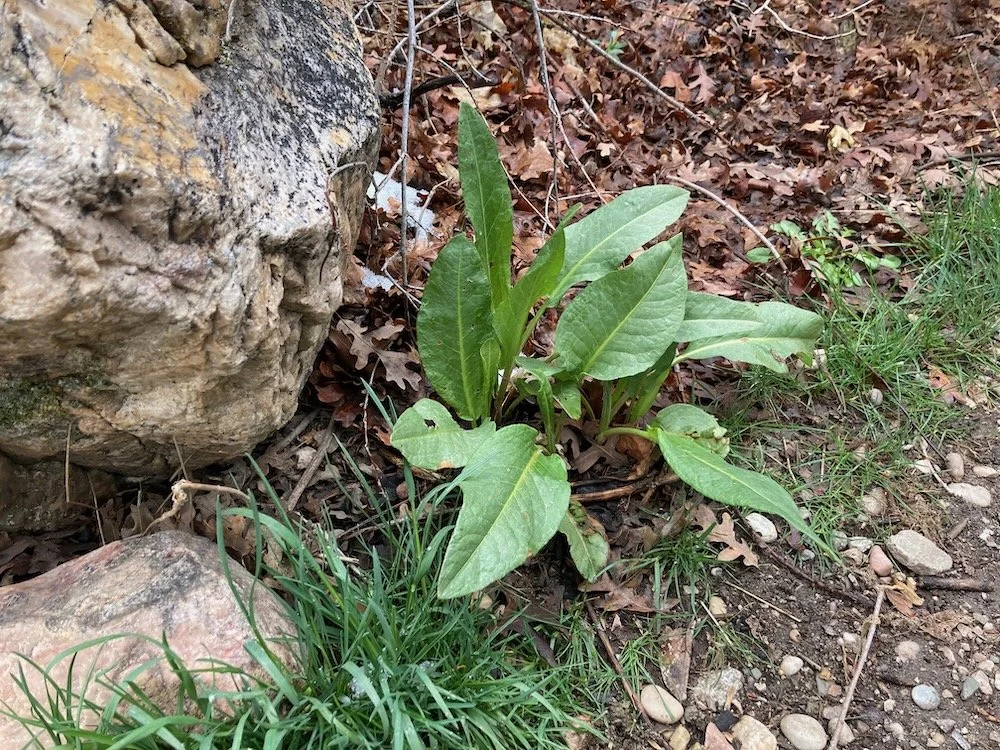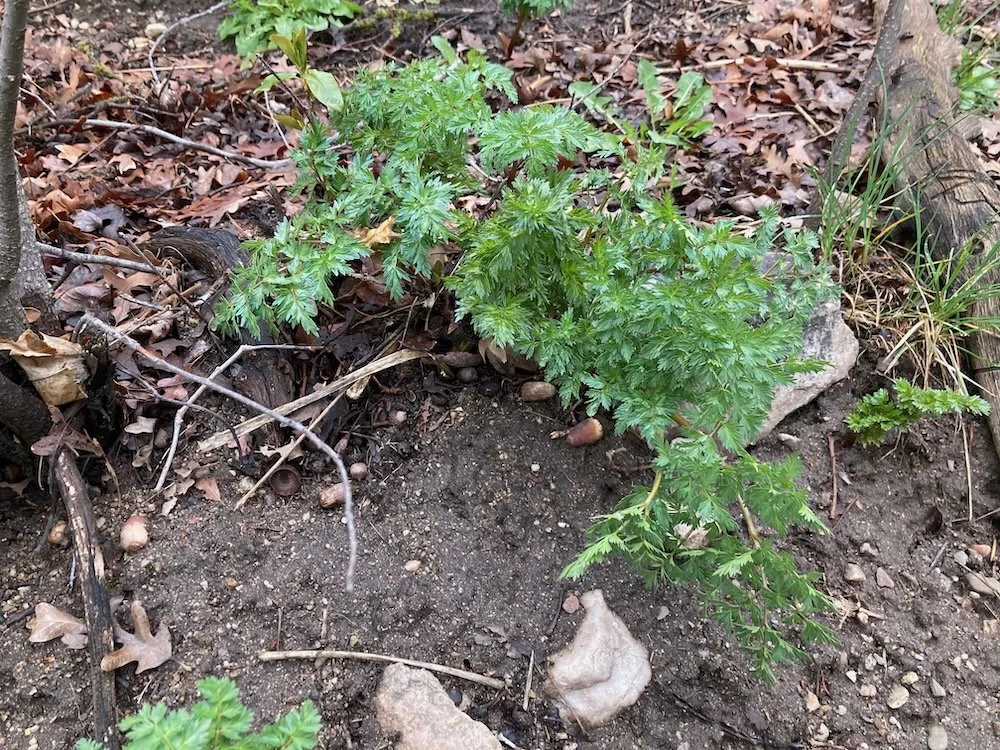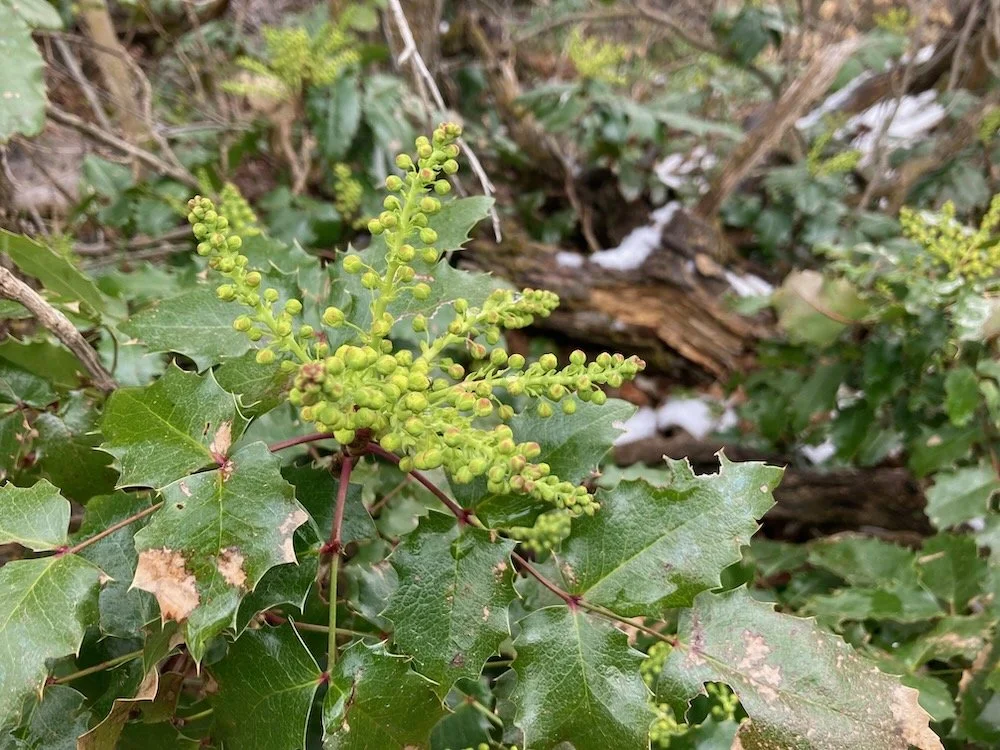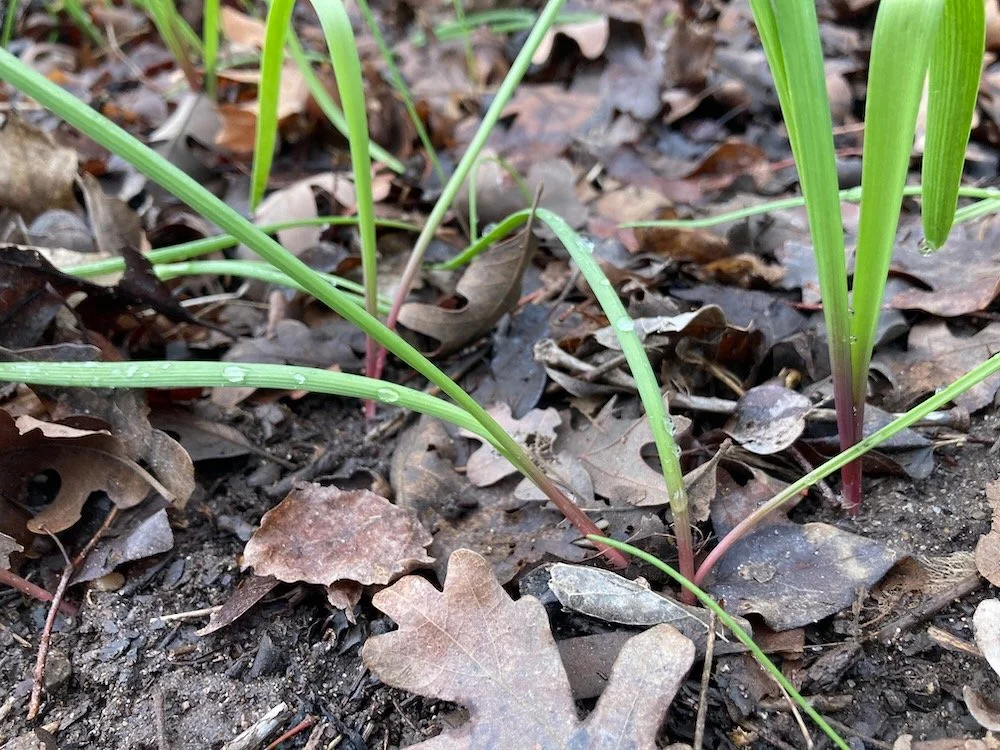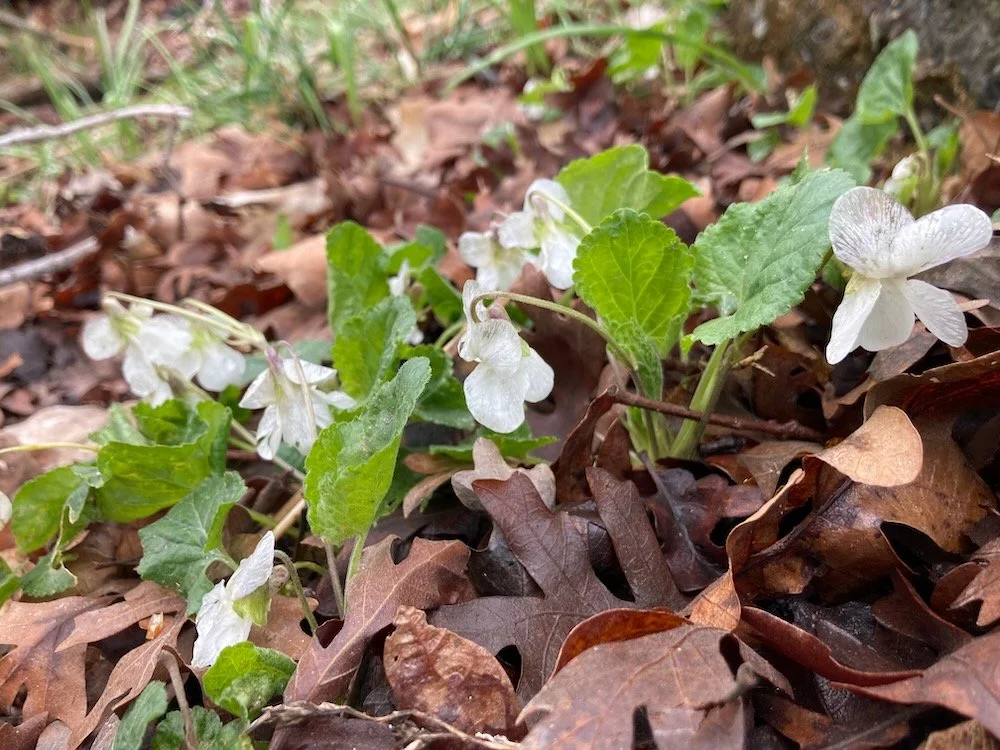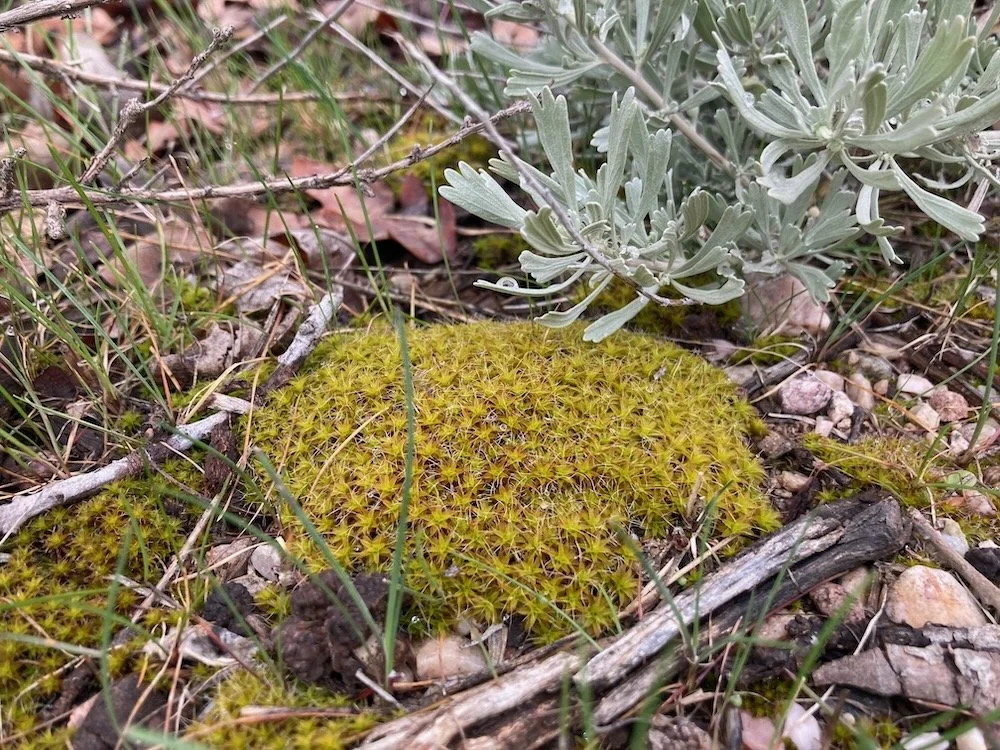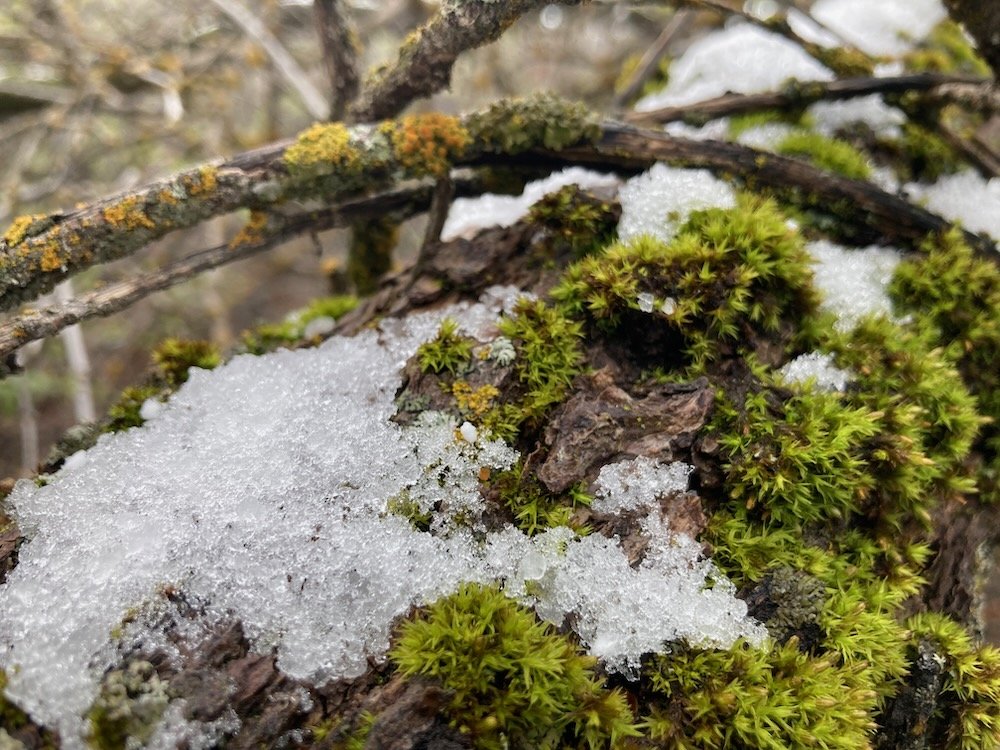Spring Plant Walk Along the Wasatch Front
As a fellow plant lover, I doubt you need much convincing to take a plant walk. This weekend I went for a walk in between rain/snow storms to see what plant allies and other plant friends have started to emerge from the ground.
Potawatomi wild plums in bloom.
If you aren’t familiar with plant walks, they are different from other kinds of outdoor walks. Plant walks tend to be slower, lots of stopping and a whole lot of looking down.
I find plant walks to be essential once a month or more from March to November. By doing this you really learn to read the story of the land. You get to know which plants are precocious, which are lagging and you begin to see the patterns in growth from year to year. And of course you learn who is the bellwether plant! Who is the first horse out of the gate so to speak that leads all the other plants. That’s how you really know the season has begun.
Come walk with me a moment. Let’s look at what’s happening in the wilds of early April.
All the plants above are plant allies. Each one once you’ve gotten to know what constituents they contain and how they can support and nourish the body, things that otherwise look like weeds start to like a whole lot more valuable.
If you dye fibers you’ll see two dyer favorites, woad and yellow dock. If you are looking to make a salad you can pick some wild onions and violas to make a tasty salad. Want to replace the ticking in your mattress because it’s the year 1830? Bedstraw is the ticket!
As I walked along I saw so much moss growing everywhere. In two months the moss will dry up and go dormant and it will be hot and dry where it once was wet and cool.
When I first moved to Northern Utah I had really no idea what I was looking at. My garden partner who is quite an expert on local plants took me on many walks to get acquainted with the plants I was seeing. I highly recommend you find a local botanist who does plant walks in your area. It is absolutely fascinating to get to know they local plant scene. The plants in your area will tell you what kind of soil is there, how much moisture stick around all year versus certain seasons. The plants will tell you how much wild food is actually available if you needed to eat if for more than just fun foraging. Those wild onions, those are a dime a dozen around here. You could harvest a whole basket full and there would still be millions of them.
I’d love to know what is growing in your area! Please leave a comment below.
